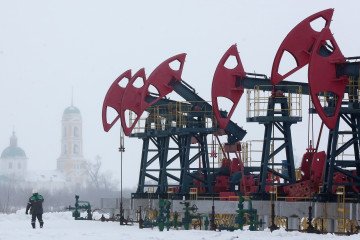- Category
- War in Ukraine
Why Does Putin Want Donbas So Much?
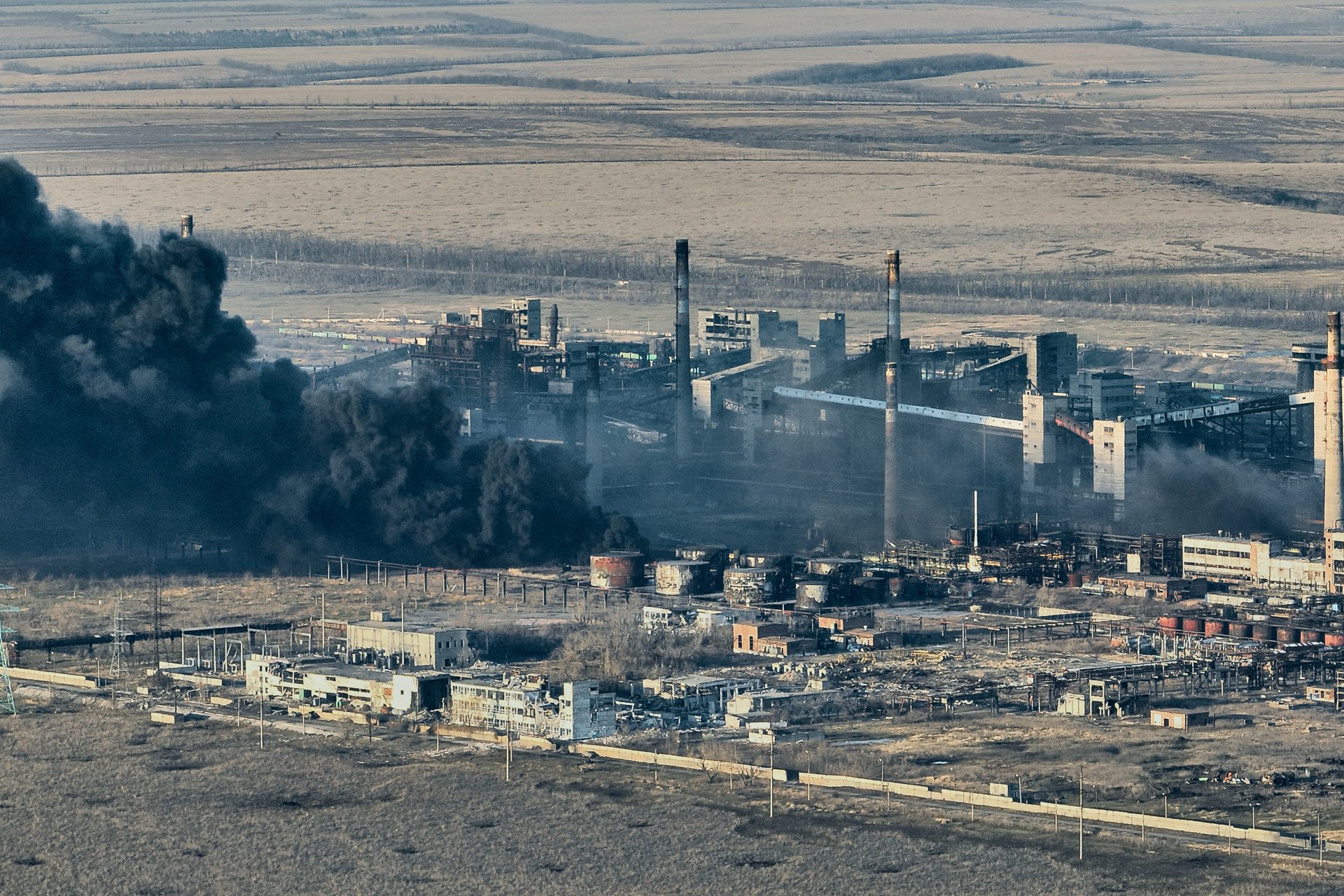
The Russian army’s push for Donbas is not only a matter of symbol in Vladimir Putin’s twisted vision of history; it’s also a matter of resources. Russia’s hold on Donbas would deprive Ukraine of vital resources for its industry.
Donbas, Ukraine’s historic industrial heart, has long powered the country’s iron and steel industry thanks to its soil rich in coal, to the point that the Donetsk football team means “miners”—a symbol overly used in Russia’s propaganda when the Kremlin started its undeclared war in the region in 2014.
Most recently, Russia has been pushing to capture Pokrovsk, a key logistic hub and city home to a massive coal mine.
It wouldn’t only mean Russia manages to reach the region's border. Pokrovsk would give the Russians access to the town's rail and road infrastructure, which provides supplies and reinforcements to Ukraine’s defenders.
A Russian flag on Pokrovsk would also allow the Kremlin to steal precious coal from Ukraine, a resource much needed for its iron and steel industry, a vital material to build weapons and heavy machinery.
Industrial coke, a crucial element in steelmaking, is Ukraine’s second most profitable sector after agriculture.
Metal exports brought Ukraine roughly $2 billion in 2024, according to Reuters—and the government needs money to sustain its defense industry against Russia.
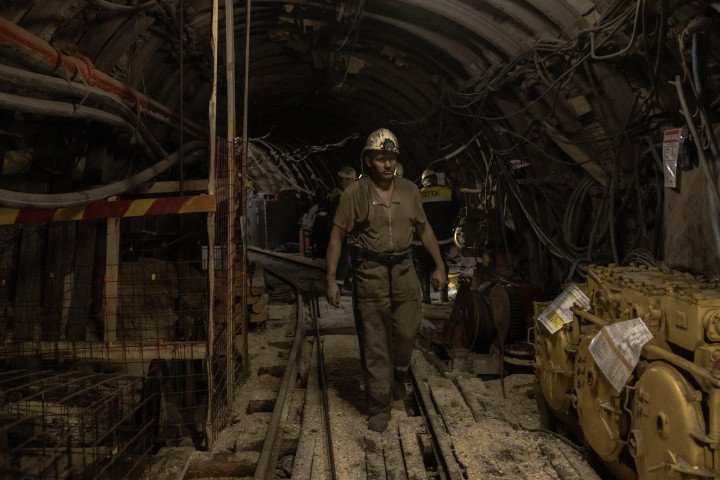
Pokrovsk: Heart of coal
If Ukraine loses Pokrovsk this year, the country’s projected production will fall from 7.5 million metric tons of steel to 2-3 million, Oleksandr Kalenkov, head of Ukraine's steelmakers' association, told Reuters in October 2024.
Pokrovsk hosts Ukraine’s largest coking coal mine, founded in 1990, that employs some 6,000 people. The mine is also one of the largest in Europe, owned by Ukraine’s heavy industry conglomerate Metinvest.
The mine produced 5.6 million tons of coal in 2023, according to Metinvest.
Ukraine produced roughly 3.5 million tons of industrial coke, and the coke chemical association Anatoliy Starovoyt told Ukraine’s news outlet Babel that the coal to make it came exclusively from this mine.
If Pokrovsk falls, it would be a massive blow to the economy, losing $5 billion in foreign exchange earnings and about $360 million to the budget, Kovalenkov told Ukrainian media outlet Ekonomichna Pravda.
Mines in western Ukraine are insufficient to cover such needs and production, he said.
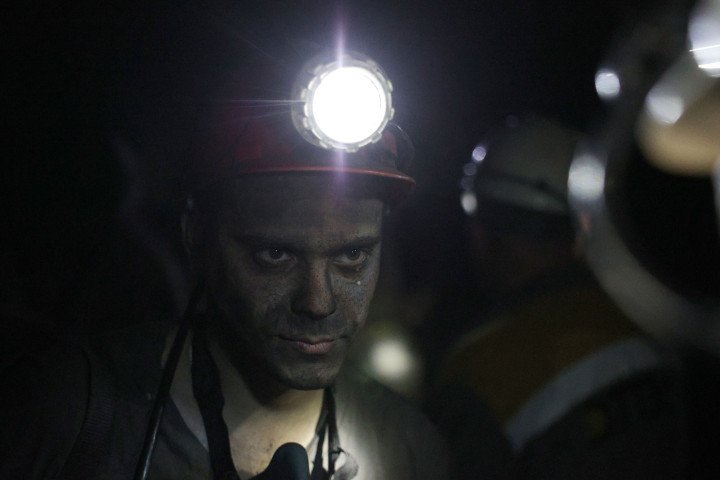
How Russia plunders Ukraine’s resources
Russians destroyed the now world-famous Azovstal heavy industry plant in 2022 and heavily damaged the Adiivka Coke Plant beyond repairs during the city’s brutal battle that lasted from 2022 to early 2024.
Still, since 2014, Russia has already seized Ukraine’s companies in Alchesk, located in the Luhansk region, as well as Yenakiieve and Donetsk, both in the Donetsk region.
The Kremlin also took over what was left of MMK, the Illich Iron & Steel Works, in Russian-occupied Mariupol, adding it to its long list of looted Ukrainian enterprises.
It leaves Moscow a wide array of choices to pick to feed its heavy industry, especially if it puts its hand on the high-quality coking coal from the Pokrovsk mine, whose reserves of coal exceed 200 million tons.
Such reserves are enough to last 40 years—a chilling perspective, knowing the Kremlin’s hunger for resources for its war machine.
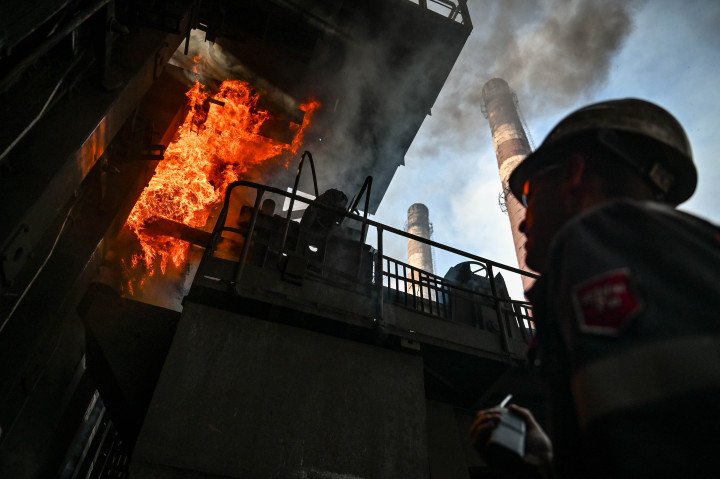
Russia is already plundering Ukraine’s resources, according to a UK defense intelligence report published in July 2024.
The Kremlin is reportedly boosting transportation networks in occupied territories to extract and transport precious resources across the Crimean Bridge.
Ukraine has massive resources in iron ore, coal, titanium, uranium, manganese, gold, and lithium. These are coveted resources for Russia as it seeks to shred Ukraine’s economy by limiting its access to raw materials.
In the south of Dniprorudne, in the Zaporizhzhia region, Russia continues mining and exporting iron ore by rail. Trains go through Crimea, across the Kerch Bridge to Russia.
Putin-connected oligarch’s scheme to steal Ukraine’s resources
Moscow’s logic clearly appears in the light of a plan allegedly concocted by Russian oligarch Konstantin Malofeev, dubbed “Russia’s orthodox oligarch.”
Malofeev is a sanctioned Kremlin-linked businessman with far-right ties in Europe who openly supports and finances Russia’s war in Ukraine.
A Russian Telegram channel aptly named VChK-OGPU—the name of former Soviet secret services in the 1920s—leaked a disturbing map in January 2023 of Malofeev’s alleged plan for Russian-occupied Donbas and southern Ukraine.
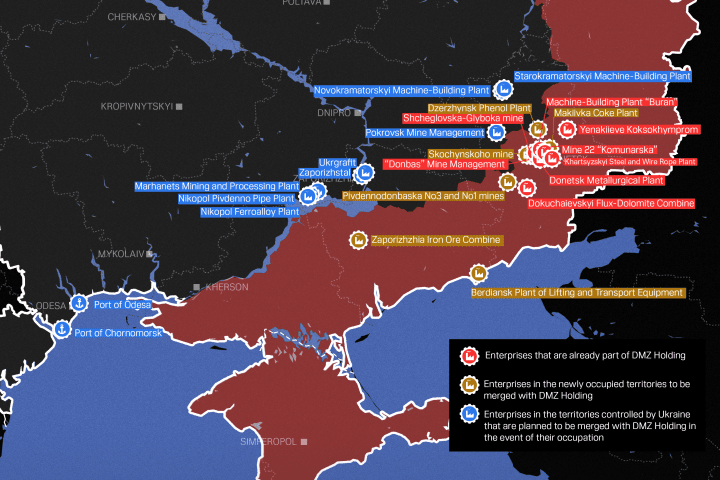
The slides show the whole Kharkiv, Dnipropetrovsk, Donetsk, Luhansk, Zaporizhzhia, Kherson, Mykolaiv, and Odesa regions under Russian control.
The roadmap shows the implementation of the “DMZ Konzern,” a conglomerate headed by Malofeev, stripping Ukraine of its entire coastline, ports, heavy industry, hydroelectric, and mineral resources.
The map includes the Marganets Mining and Processing plant, the Nikopol Ferroalloy plant (both in the Dnipropetrovsk region), and the Zaporizhstal steel plant in Zaporizhzhia region, among others.
The “DMZ Konzern,” a version of the already existing Russian “DMZ” industries in occupied Donetsk, would expand the structure to illegally annexed territories, bringing up to $3.1 billion to Russia’s coffers by 2024.
The plan doesn’t hide its intention: the "creation of a major enterprise in the interests of the Russian Federation,” a scheme that leaves little doubt about Russia’s intention to destroy Ukraine through its occupation further.
UNITED24 is raising funds for rebuilding Ukraine. Donate now to help make Ukraine safe.

-6359eca46c72bde40a90abaaadd6eaa8.png)
-29a1a43aba23f9bb779a1ac8b98d2121.jpeg)


-206008aed5f329e86c52788e3e423f23.jpg)
